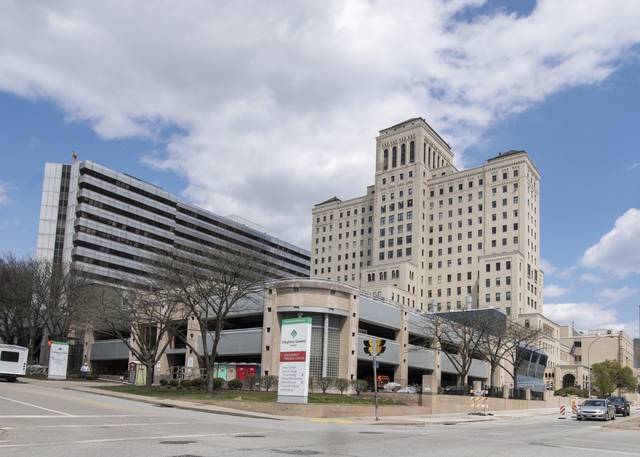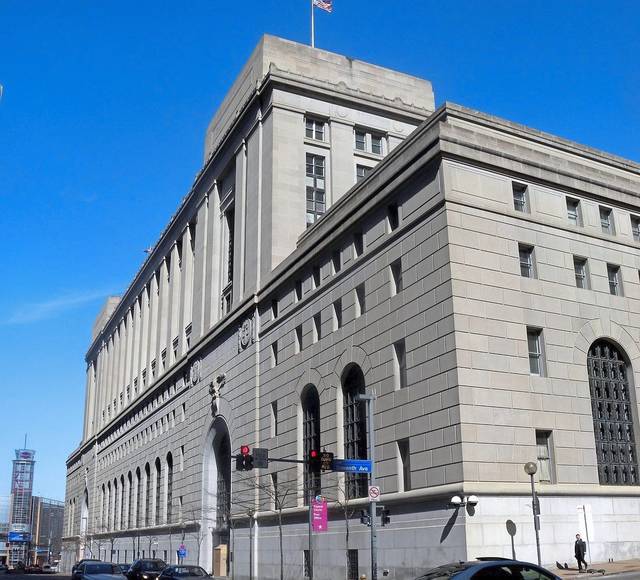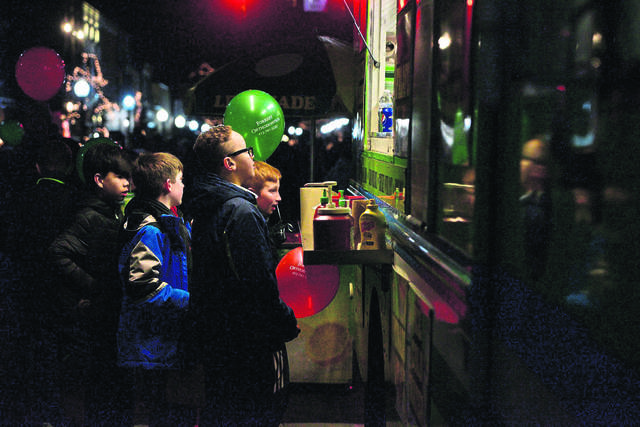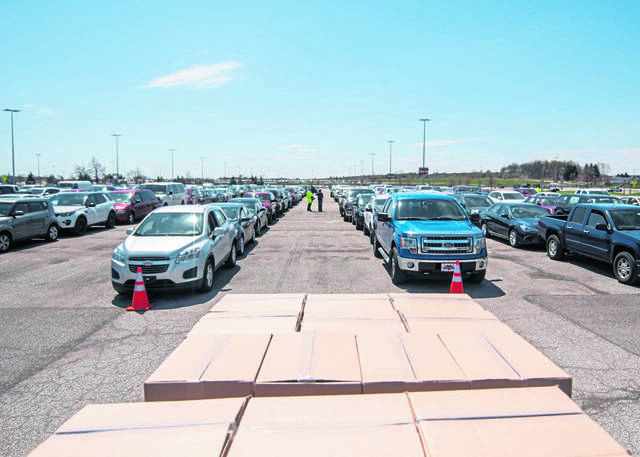Health officials had predicted it, and now it’s here.
Following several weeks of high daily case counts, hospitalizations in Allegheny County have steadily increased, with a record 22 hospitalizations reported Friday.
In the past 19 days, the county has topped 200 new cases eight times, averaging 182 cases per day. Amid the spike in cases that began in late June, county health department officials warned hospitalizations would likely be next. Health Director Debra Bogen said they would likely lag behind the new cases, as infected individuals gradually became sicker.
Dr. Tariq Cheema, a pulmonary and critical care physician for Allegheny Health Network, said the spike is nothing unexpected. It was “bound to happen,” he said.
“If you really look back, we’ve been saying this all along,” Cheema said.
Cheema said AHN has seen more covid-19 patients in network hospitals in the past two and a half weeks or so, as cases have started to accelerate.
While the number of hospitalizations is an important metric to watch, there is still more context to consider, said Dr. Amesh Adalja, a Pittsburgh-based infectious disease expert. People also must consider patients’ length of stay and the percentage of available ICU beds, he said.
“We haven’t heard anything from Southwestern Pennsylvania hospitals that they’re being stressed,” Adalja said. “The hospitalizations are something to watch, but they can’t be interpreted in and of themselves. … That data needs a little bit more context to make any actionable recommendation.”
UPMC physicians in recent weeks have described an uptick in covid-19 patients but qualified that by saying their symptoms have been less severe and they are staying for shorter periods.
“We still have to be vigilant, though,” Dr. Donald Yealy, UPMC’s chief of emergency medicine, said earlier this month. “Even the young, they have a responsibility not only to themselves but to others. They can’t tell who’s at a high risk more than others.”
Cheema said that while patient levels are rising in AHN hospitals, there still hasn’t been a strong uptick in patients flooding the intensive care units or being placed on ventilators.
This suggests patients don’t appear as sick as they had during April or May, but that’s tough to say for sure, Cheema said. The better patient outcomes could be due to a younger cohort of infected individuals who can more easily recover, or it could be because the network has more treatment options, or maybe they’ve encountered an entirely different strain of the virus. It’s also possible, Cheema said, that current patients will still get sick enough for ICU treatment as the weeks pass. Only time will tell.
“The real concern should be from day one, when you see the cases going up,” he said, noting recent reports estimating reported cases of the virus likely represent only about 10% of the full total. He also emphasized the high rate of positive tests the county has experienced during recent weeks, sometimes climbing to around 12% to 15% of all tests.
Cheema said it’s important to remember that there’s still no vaccine and the treatments that have been discovered aren’t curative, just supportive. The country’s reopening around Memorial Day seems to have spurred a lot of complacency, he said.
“This virus is not going away,” he said. “It never did go away.”
“Focus on the things that we can do,” he added. “Every person has to take individual responsibility.”
That includes, Adalja said, cooperating with contact tracers from the Allegheny County Health Department to help identify and eliminate critical sparks of infection.
“The fact is that we still have to be aggressive and we have to make sure people are behaving as if they’re in a pandemic,” Adalja said.








